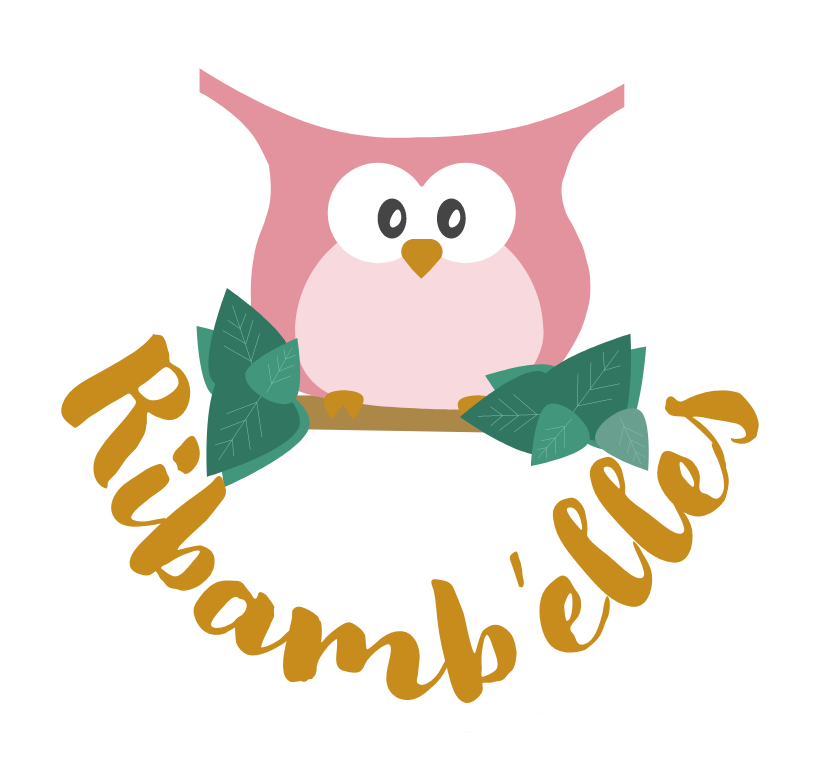Conversational AI vs Traditional Chatbots: What’s the Difference
Chatbots are computer programs designed to engage in conversations with human users as naturally as possible and automate like answering frequently asked questions. Conversational artificial intelligence (AI) is reshaping the world of customer service through virtual agents, chatbots and other advanced software. Customers can interact with conversational AI mediums as if speaking with another human. According to Zendesk’s user data, customer service teams handling 20,000 support requests on a monthly basis can save more than 240 hours per month by using chatbots. Whether you use rule-based chatbots or some type of conversational AI, automated messaging technology goes a long way in helping brands offer quick customer support.
Chatbots are commonly used for customer service, but they can also be used for other aspects of your organization. Chatbots, for example, can be used to request supplies for specific persons or teams or as a shortcut system for retrieving particular, relevant information. When allowed to focus on it, chatbots are fundamentally more straightforward to develop than conversational AI, to the point where a single user can install and adjust the system via a guided approach. Conversational AI may provide various benefits to enterprises, ranging from data personalization to substantial customization for customers willing to invest time in training the AI.
Chatbot vs. conversational AI: Examples in customer service
Character.AI, which lets users talk to chatbots impersonating real and fictional people, is in talks to raise new funding at a $5 billion valuation. The actual key to success with chatbots and Conversational AI, though, is to use them wisely. You can, however, use the capabilities of an end-to-end Conversational AI platform to create complex virtual agents for chat and voice channels, which you can deploy in days. For example, in the case of chatbots, if a query is related to two different parts of customer service, the system will not understand. The customer may become irritated because the question must be repeated or asked separately.
For example, in a customer service center, conversational AI can be utilized to monitor customer support calls, assess customer interactions and feedback and perform various tasks. Furthermore, this AI technology is capable of managing a larger volume of calls compared to human agents, contributing to increased company revenue. Because conversational AI chatbots understand intent, they are much more effective when it comes to assisting customers and end-users. For example, when using traditional chat if you say “My password broke” it would likely respond with something like “I’m sorry, I don’t understand that.
What are chatbots used for?
Due to the limited configuration of rule-based chatbots, they can be deployed quickly for small to medium-sized businesses that don’t require a large amount of data to respond to customer requests. By answering simple, frequently seen customer enquiries, they allow customer service agents to spend more time on tasks that require human input. Unlike traditional chatbots, chatbots with Conversational AI can answer questions that are not identical to what they have in their knowledge base.
Based on Grand View Research, the global market size for chatbots in 2022 was estimated to be over $5 billion. Further, it’s projected to experience an annual growth rate (CAGR) of 23.3% from 2023 to 2030. The question of chatbots vs. Conversational AI becomes blurred when considering the two critical types of chatbots available. Most, however, exist as basic software programs, operating through a chat interface on a website or in an app. The most common way to interact with chatbots is via text, for example, through messaging apps or a chat interface. As for search engines, monetizing online search services is a major source of their revenue.
The chatbot will understand their intention no matter how users type in their queries. Conversational AI provides rapid, appropriate responses to customers to help them get what they want with minimal fuss. Rule-based chatbots rely on keywords and language identifiers to elicit particular responses from the user – however, these do not depend upon cognitive computing technologies. It is estimated that customer service teams handling 10,000 support requests every month can save more than 120 hours per month by using chatbots. Using that same math, teams with 50,000 support requests would save more than 1,000 hours, and support teams with 100,000 support requests would save more than 2,500 hours per month.
For example, rather than having to wade through a sea of URLs, users will be able to just get an answer combed from the entire internet. Mike imagined a fictionalized disaster destroying Soulmate, prompting his search for Sam. “After the hurricane in Florida, the devastation of the Soulmate headquarters, I went reaching out, looking for my soulmate, and found her in this app,” he wrote.
Introducing the 2019 Customer Service Toolkit: Your Go-To Resource for Leveling Up Your Support Organization
Nevertheless, they can still be useful for narrow purposes like handling basic questions. Both chatbots and conversational AI are on the rise in today’s business ecosystem as a way to deliver a prime service for clients and customers. In a broader sense, conversational AI is a concept that relates to AI-powered communication technologies, like AI chatbots and virtual assistants. At CSG, we can help you integrate conversational AI software to resolve requests, streamline support and improve customer experience one interaction at a time. Reduce costs and satisfy your customers with conversational AI that understands their wants and needs. Conversational AI is context-aware and supports a variety of communication channels, including text, video and voice.
In your library of meeting recordings, the AI powered conversation intelligence engine will detect what was discussed and automatically summarize an abstracted version so you can get a quick snapshot of what was discussed. It even includes a list of key topics so you can glance and mentally sort which recording is relevant for you. In this guide, we’ll dig into what conversational AI and conversation intelligence are, how they’re different, and ways you can use both to work smarter.
Conversational AI lets for a more organic conversation flow leveraging natural language processing and generation technologies. Conversational AI is the umbrella term for all chatbots and similar applications which facilitate communications between users and machines. As natural language processing technology advanced and businesses became more sophisticated in their adoption and use cases, they moved beyond the typical FAQ chatbot and conversational AI chatbots were born. Whether you use rule-based chatbots or some conversational AI, automated messaging technology goes a long way in helping brands offer quick customer support. Maryville University, Chargebee, Bank of America, and several other major companies are leading the way in using this tech to resolve customer requests efficiently and effectively. Also known as decision-tree, menu-based, script-driven, button-activated, or standard bots, these are the most basic type of bots.
Singles’ Day, the evolution of e-commerce, and the trends involved … – TechNode Global
Singles’ Day, the evolution of e-commerce, and the trends involved ….
Posted: Thu, 26 Oct 2023 06:32:41 GMT [source]
Read more about https://www.metadialog.com/ here.












